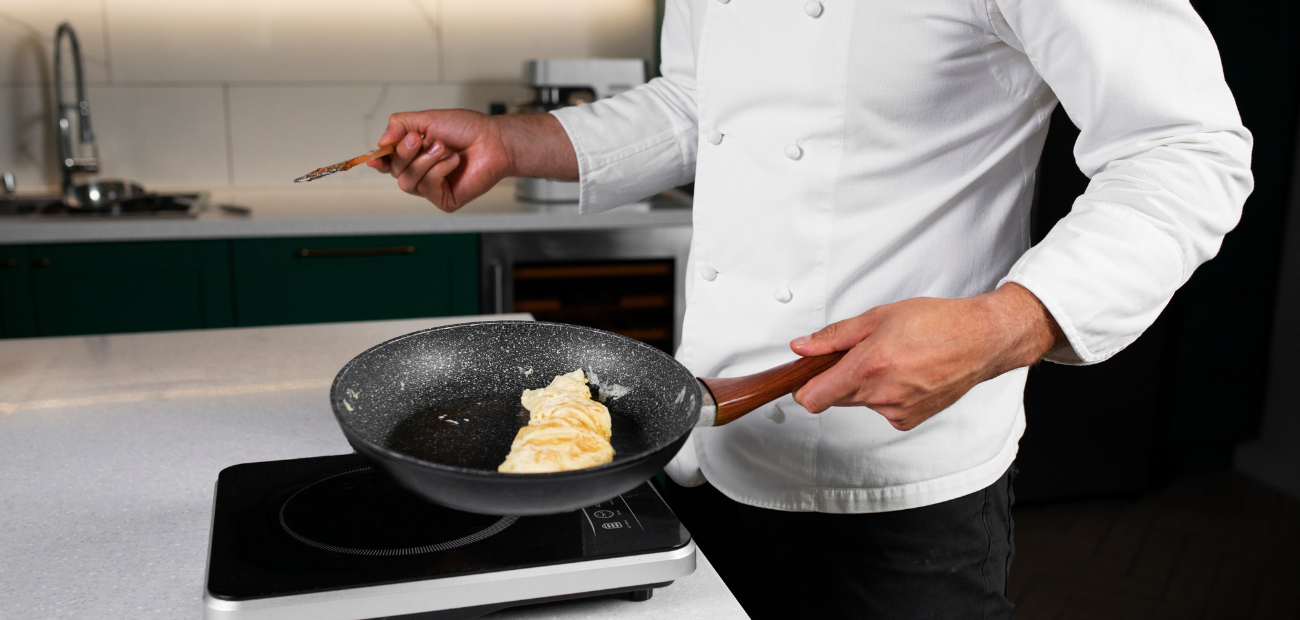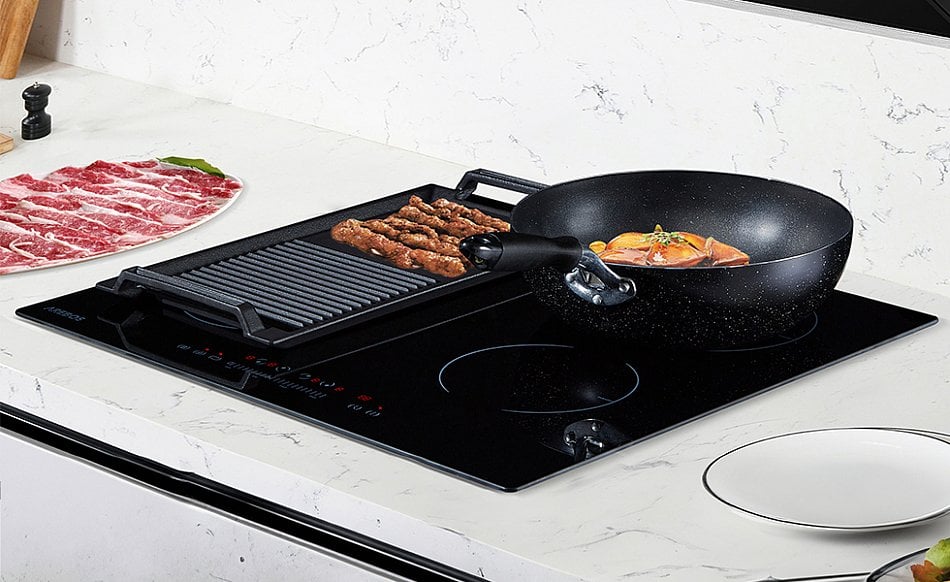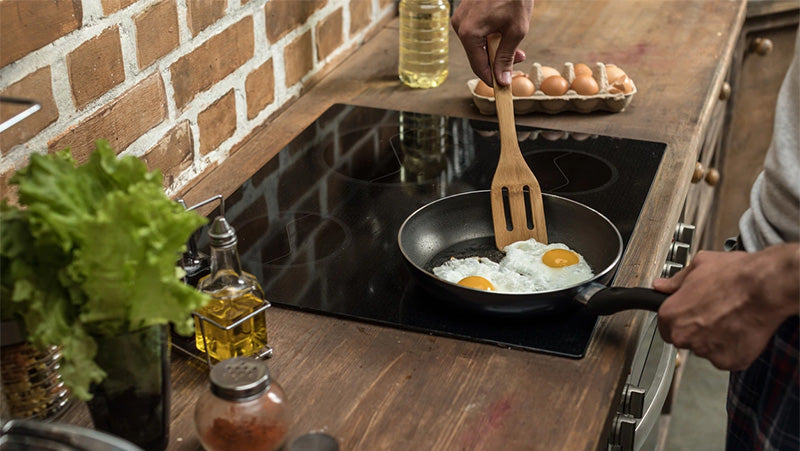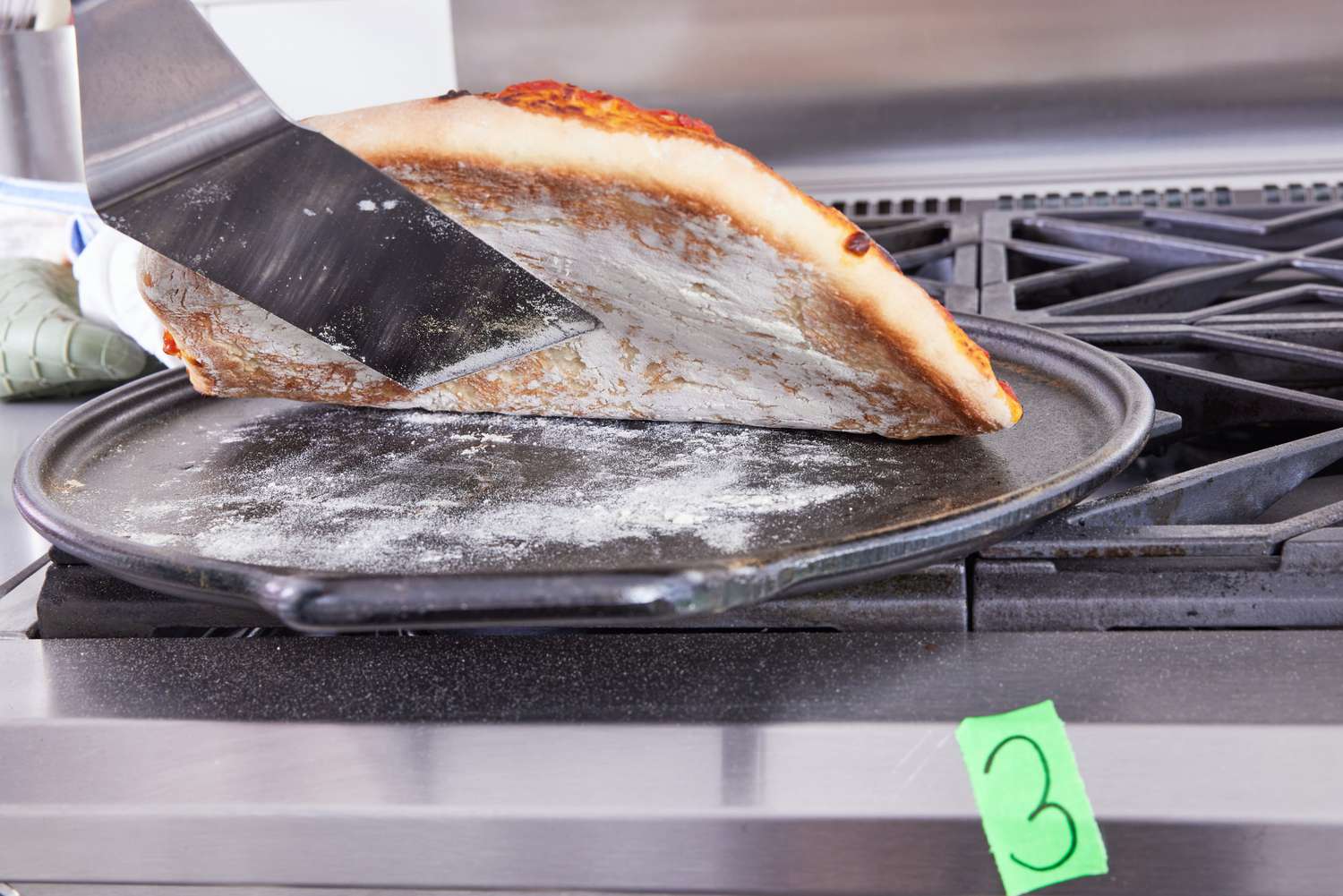For kitchen professionals, knowing the ideal induction power setting for cast iron is paramount to achieving perfect results. Whether you're searing a steak or gently simmering a sauce, getting the power setting right ensures even heating and prevents damage to your cookware. This guide will delve into the nuances of induction cooking with cast iron, providing insights and tips for optimal performance.

Understanding Induction Cooking
Induction cooking uses electromagnetic fields to directly heat the cookware, making it both efficient and precise. Unlike traditional gas or electric stovetops, induction cooktops heat the pot or pan directly without warming the surrounding air. This method is not only fast but also energy-efficient, allowing for better temperature control. However, it requires cookware made of ferrous metals like cast iron to work effectively.
Why Cast Iron and Induction Make a Perfect Pair
Cast iron is a staple in many professional kitchens due to its excellent heat retention and even distribution. When paired with an induction cooktop, the combination offers unmatched heating efficiency and control. The magnetic properties of cast iron make it ideal for induction cooking, enabling chefs to achieve precise temperature adjustments quickly and accurately.
For more on how to use cast iron pans on induction cooktops, check out this resource from Lodge Cast Iron.
Choosing the Right Power Setting
The key to using cast iron on an induction cooktop lies in finding the right power setting. Most induction cooktops have a range of power levels, usually from 1 to 10. For cast iron, starting at a medium setting, such as 4 or 5, is often recommended. This allows the pan to heat gradually without causing thermal shock, which can lead to warping or cracking.
Once the pan is preheated, you can adjust the power level according to your cooking needs. For searing, a higher setting such as 7 or 8 may be appropriate, while simmering or slow cooking might require a lower setting, around 2 or 3.
Preheating Tips
Preheating your cast iron pan is crucial for even cooking. Here are some tips to ensure success:
- Always start with a clean, dry pan.
- Use a medium power setting to gradually bring the pan to the desired temperature.
- Test the heat by sprinkling a few drops of water on the surface; if they sizzle and evaporate quickly, the pan is ready.
Maintaining Your Cast Iron Cookware
Proper care and maintenance of your cast iron cookware can extend its lifespan significantly. After cooking, allow the pan to cool slightly before cleaning. Avoid using cold water on a hot pan, as this can cause thermal shock.
For more detailed information on cooling your cast iron after induction use, visit Culina Cooks.
Seasoning and Storage
Regular seasoning helps maintain the non-stick surface of cast iron and prevents rust. After washing, dry the pan thoroughly and apply a thin layer of oil. Store in a dry place to avoid moisture buildup.
Common Mistakes to Avoid
Even experienced chefs can make mistakes when using cast iron on induction cooktops. Here are some common pitfalls to avoid:
- Using too high a power setting initially, which can damage the pan.
- Skipping preheating, leading to uneven cooking.
- Not adjusting the power setting for different cooking tasks.
For insights on matching pan size with induction rings, explore this guide from Culina Cooks.

FAQs
What is the best induction power setting for searing with cast iron?
For searing, a higher power setting such as 7 or 8 is ideal, allowing for quick heat without overheating the pan.
How can I prevent my cast iron from warping on an induction cooktop?
Start with a medium power setting and gradually increase the heat to prevent thermal shock and warping.
Do I need special cookware to use cast iron on induction?
No, cast iron naturally works well with induction cooktops due to its magnetic properties. However, ensure your pan has a flat base for even contact with the cooktop.
For further reading on the compatibility of cast iron with induction cooktops, consider this article from Tom's Guide.






Leave a comment
This site is protected by hCaptcha and the hCaptcha Privacy Policy and Terms of Service apply.